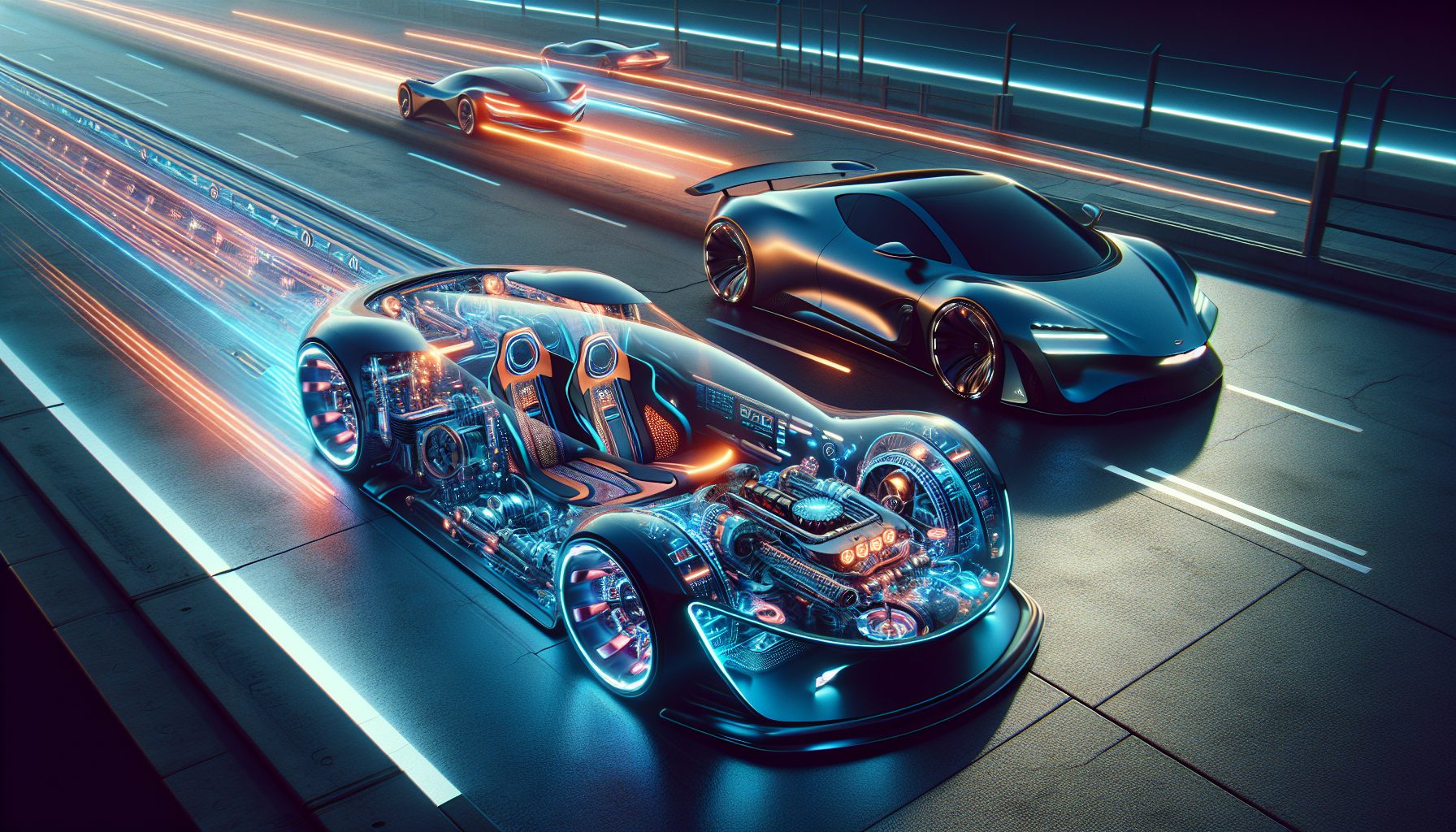The exhilarating world of sports cars is on the brink of a revolution. As we approach 2025, enthusiasts and industry experts alike are eager to see what innovations will define the next generation of high-performance vehicles. From electrification to autonomous technology, the future of sports cars is set to be both thrilling and sustainable.
Electrification Revolution
The shift towards electric vehicles (EVs) is undeniable, and sports cars are no exception. By 2025, we can expect a significant increase in the availability of electric sports cars. This transition is partly driven by the growing awareness of environmental issues and the push for sustainable solutions. Manufacturers like Tesla, Porsche, and Ferrari are already pioneering this movement, showcasing electric sports cars that deliver remarkable speed, agility, and efficiency.
Incorporating electric engines does not mean compromising on performance. On the contrary, electric vehicles offer instant torque, resulting in rapid acceleration that can outperform many traditional combustion engines. For instance, Tesla’s Model S Plaid boasts a 0-60 mph time of less than two seconds, a testament to the potential of EV technology in sports cars.
Autonomous Driving Features
Another trend shaping the future of sports cars is the integration of autonomous driving features. As technology advances, cars are becoming smarter and more capable of assisting drivers in various scenarios. In 2025, it is expected that sports cars will come equipped with advanced driver-assistance systems (ADAS) that enhance safety and convenience without compromising the thrill of driving.
Features such as adaptive cruise control, lane-keeping assist, and automatic emergency braking will likely become standard. Additionally, fully autonomous driving modes might be available for highway cruising or congested urban environments. These innovations allow drivers to enjoy their sports cars on their terms, offering the best of both worlds: exhilarating control and modern convenience.
Lightweight Materials and Aerodynamics
Performance in sports cars is not solely about power; it’s also about agility and handling. Manufacturers are continuously exploring new materials and designs to reduce weight and improve aerodynamics. By 2025, we can expect sports cars made from cutting-edge composites like carbon fiber and graphene, which offer exceptional strength-to-weight ratios.
Moreover, advancements in aerodynamics are optimizing airflow around the vehicle, enhancing stability and efficiency at high speeds. Active aerodynamics, such as adjustable spoilers and diffusers, dynamically adapt to driving conditions, providing the optimal balance between downforce and drag reduction.
Interior Technology and Connectivity
The future of sports cars isn’t just about what’s under the hood. The interior experience is equally important for discerning buyers. By 2025, expect sports cars to offer state-of-the-art infotainment systems, augmented reality displays, and seamless connectivity. Manufacturers are striving to create immersive driving experiences that blend luxury with technology.
For instance, voice-activated controls and gesture-based interfaces will become increasingly common, allowing drivers to focus on the road without distraction. Furthermore, real-time driving analytics will be available at a glance, offering insights into performance metrics, route optimization, and even driver coaching.
Customization and Personalization
The desire for unique, personalized vehicles is set to grow. Car manufacturers are responding by offering a plethora of customization options for sports cars. From color schemes and interior materials to performance enhancements, owners will have greater freedom to tailor their vehicles to their tastes.
This trend extends to virtual customization tools that allow buyers to design their sports car online, visualizing changes in real time before making their purchase. Such innovations empower consumers and enhance the buying experience, resulting in vehicles that reflect the personal style of each owner.
Conclusion: A Dynamic Road Ahead
The sports car landscape is rapidly evolving, driven by technological advancements and changing consumer preferences. By 2025, the combination of electrification, autonomous technology, lightweight materials, and personalized features will redefine the driving experience. Enthusiasts can look forward to a future where sustainable performance meets cutting-edge innovation, keeping the thrill of sports cars alive and well for generations to come.
Ultimately, the future of sports cars promises a thrilling ride filled with pioneering developments and unforgettable experiences. Whether you’re a die-hard aficionado or a casual admirer, the innovations on the horizon are sure to ignite excitement and passion in every driving enthusiast.
